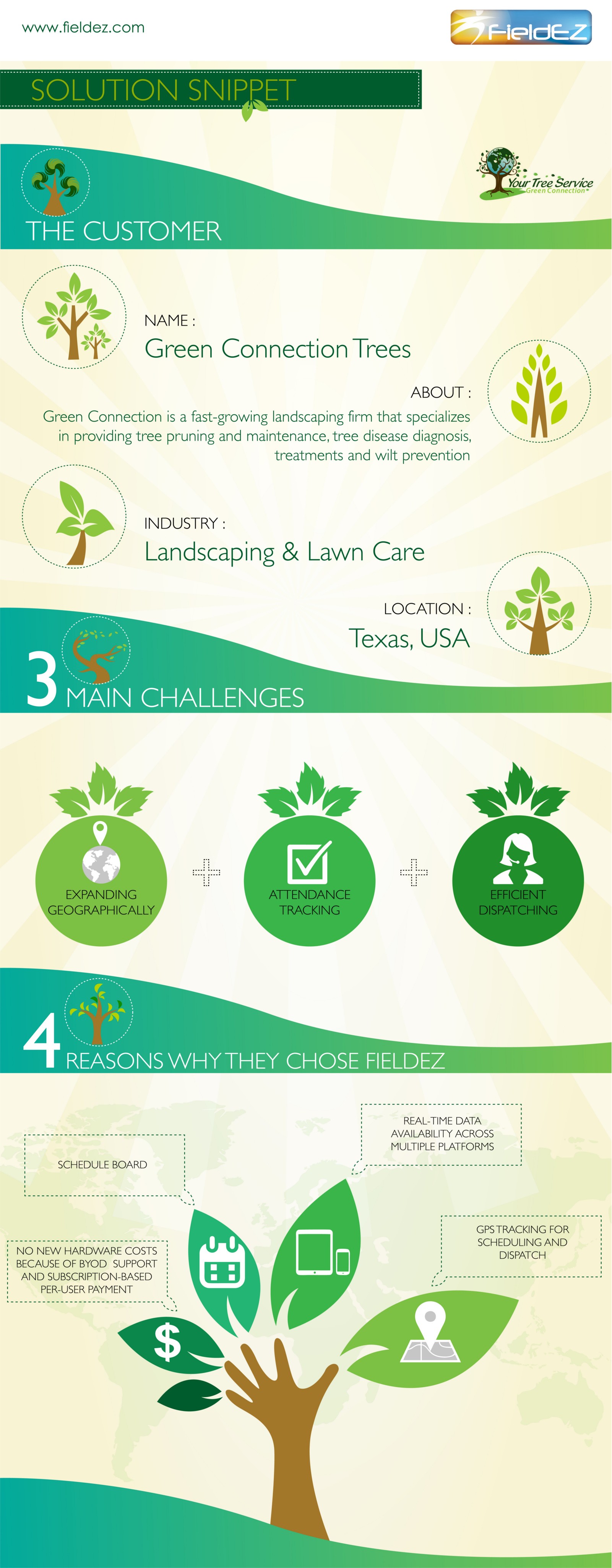Seasonal Tree Treatment: Exactly How To Take Care Of Trees Before And After Elimination
Seasonal Tree Treatment: Exactly How To Take Care Of Trees Before And After Elimination
Blog Article
Article Author-
When it comes to seasonal tree care, ensuring proper monitoring before and after elimination can dramatically influence the health and wellness and appearances of your landscape. By recognizing the required steps involved in analyzing tree health and wellness and planning for removal, you can proactively safeguard your property. Yet what concerning the important methods to adhere to once the tree is gone? Keep tuned to find isa certified arborist logo -removal treatment procedures that will help you grow a thriving and sustainable setting for your trees.
Pre-Removal Tree Treatment
Prior to attending to the removal of a tree, it's important to prioritize pre-removal tree care. Beginning by evaluating the tree's health and structural honesty. Seek signs of condition, parasite infestations, or any structural issues that might present a security hazard during elimination. It's necessary to consult with a certified arborist to determine the best strategy.
Pruning dead or unhealthy branches can stop further damages to the tree and guarantee a smoother elimination process.
Additionally, think about the environmental effect of getting rid of the tree. https://holdenpjeyt.nizarblog.com/30427397/the-ecological-advantages-of-stump-grinding-a-sustainable-technique-for-land-management play a crucial role in our community, so planting a new tree in an appropriate location can help balance out any kind of loss. Make certain that you have the needed licenses and permissions for tree removal, especially if the tree is secured by local guidelines.
Seasonal Maintenance Tips
Examining your tree's needs throughout the year is necessary for its wellness and longevity. To keep your trees in top problem, follow these seasonal maintenance pointers.
In springtime, focus on trimming to get rid of dead or damaged branches and motivate new development.
Summer season requires regular watering, specifically throughout dry spells, to ensure your tree stays hydrated.
As fall strategies, keep an eye out for early signs of illness or anxiety, and think about using mulch to secure the origins during winter season.
In winter months, beware when removing snow from branches to stop breakage, and continue to monitor your tree's overall health and wellness.
Bear in mind to readjust your care regular based upon the specific requirements of your tree varieties and neighborhood climate. By remaining mindful and proactive throughout the periods, you can assist your trees flourish and prosper for years to come.
Post-Removal Tree Care
To make certain the wellness of your landscape even after tree elimination, proper post-removal care is vital. After a tree is removed, it's important to fill up the continuing to be hole with topsoil and compact it to avoid settling. This will aid maintain the stability of the ground and prevent prospective risks in the future.
Take into consideration planting brand-new plant life in place of the eliminated tree to recover the equilibrium and visual appeals of your landscape. Regularly water the area to promote the growth of new plants and stop dirt disintegration.
Examine the bordering trees for any kind of indications of illness or stress and anxiety that might have been triggered by the gotten rid of tree. Watch out for parasites that could've been drawn in to the previous tree and take safety nets to shield the remaining plants.
If necessary, speak with a specialist arborist to assess the effect of the elimination on the bordering trees and identify any kind of added care needed. By following these post-removal care actions, you can make sure the ongoing health and wellness and appeal of your landscape.
Verdict
In conclusion, proactive seasonal tree treatment is important for keeping the wellness and equilibrium of your landscape. By examining tree health, trimming, and seeking advice from an arborist before removal, you can ensure a risk-free process. After removal, filling up the hole, planting new plants, and regular watering will certainly promote new development and stop disintegration. Bear in mind to examine surrounding trees for condition and seek further treatment actions from an arborist to maintain your landscape thriving.
